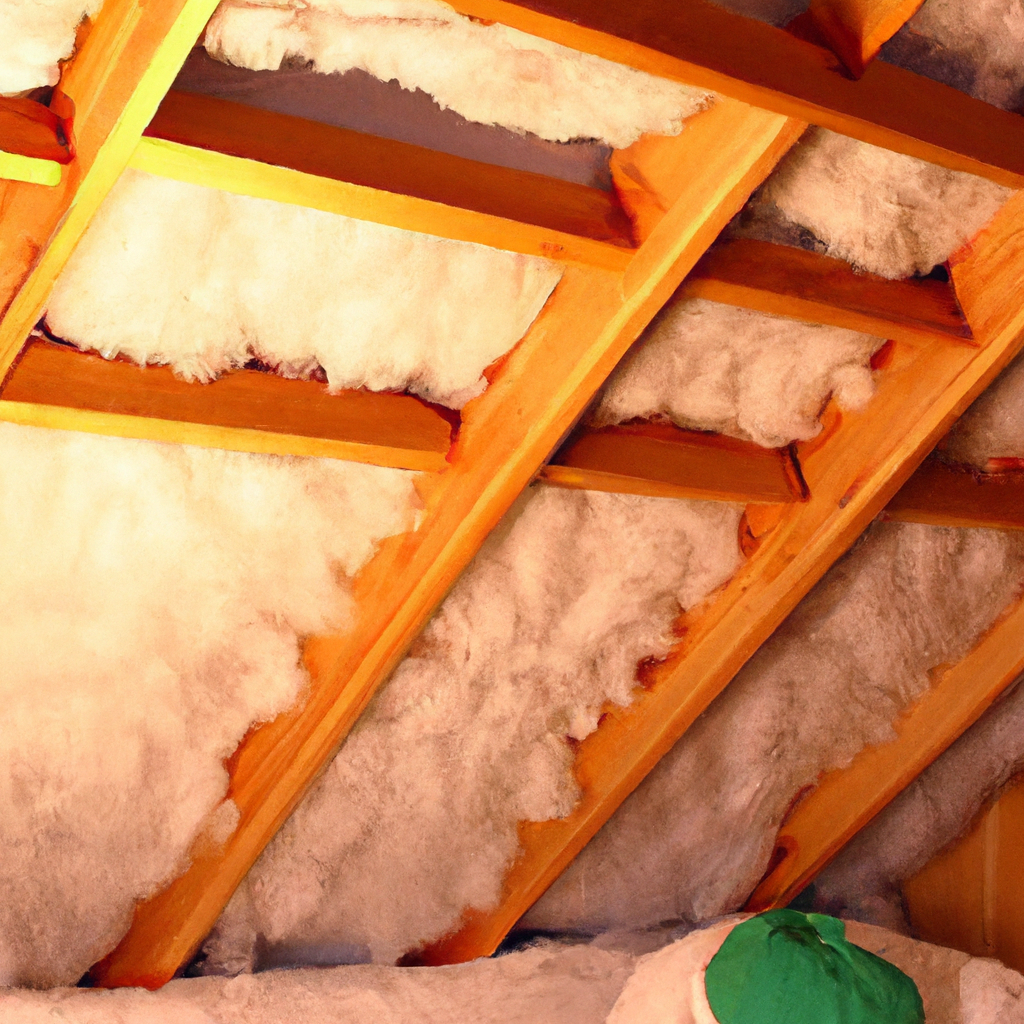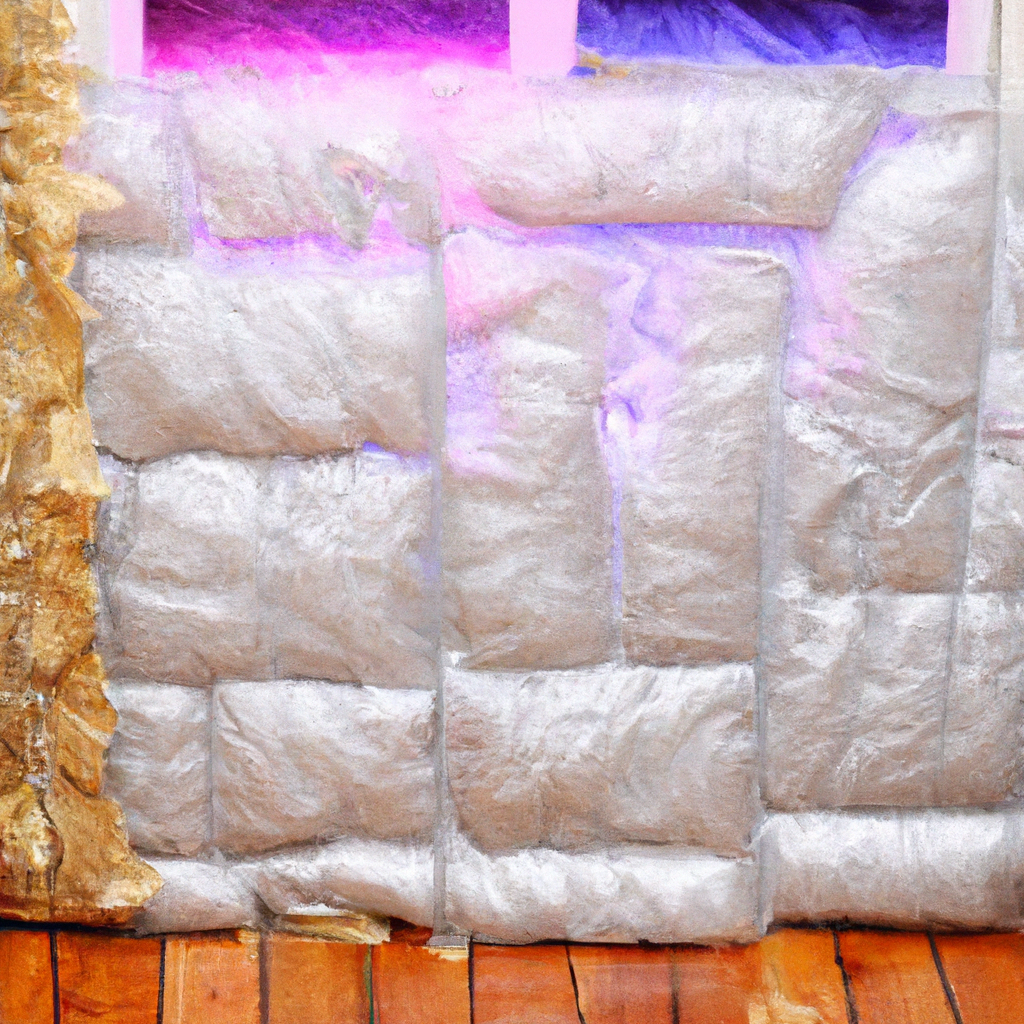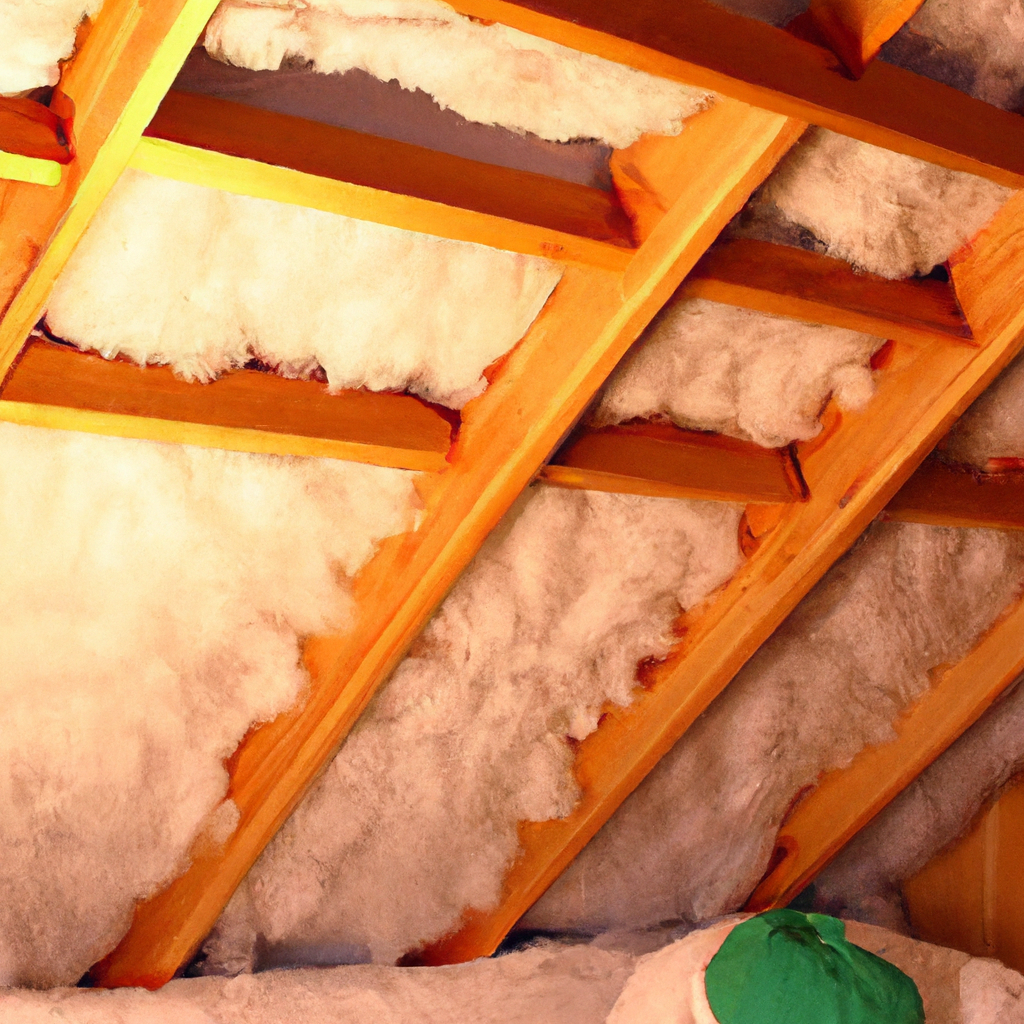If you’re tired of paying exorbitant energy bills and want to make your home more comfortable, it’s time to consider some affordable home insulation techniques. From weatherstripping doors and windows to adding insulation to your attic, these cost-effective solutions can help you save money and create a cozier living environment. In this article, we’ll explore seven practical and budget-friendly methods to insulate your home effectively and keep those utility costs in check. So, grab a cup of tea, sit back, and get ready to transform your home into a cozy oasis without breaking the bank.
1. Weatherstripping
What is weatherstripping?
Weatherstripping is a method of sealing the gaps around windows and doors to prevent air leakage. It involves applying a material, such as rubber, foam, or vinyl, to the edges of windows and doors to create a tight seal when they are closed. This helps to improve energy efficiency and reduce heating and cooling costs.
Types of weatherstripping materials
There are several different types of weatherstripping materials available, each with its own benefits and considerations. Some common types include:
- Adhesive-backed foam tape: This type of weatherstripping is easy to install and is suitable for sealing small gaps.
- V-strip weatherstripping: Made of vinyl or metal, this weatherstripping can be nailed or glued in place and is versatile enough to seal gaps of varying sizes.
- Door sweeps: Installed at the bottom of doors, door sweeps are effective at sealing larger gaps and preventing drafts.
- Reinforced silicone weatherstripping: This durable weatherstripping is resistant to extreme temperatures and can effectively seal gaps in windows and doors.
- Door shoe weatherstripping: Ideal for exterior doors, door shoe weatherstripping consists of a flexible rubber or vinyl strip attached to a metal bar.

How to choose the right weatherstripping
Choosing the right weatherstripping material involves considering several factors. It’s essential to consider the size of the gaps you need to seal, the type of door or window, and the climate in your area. Additionally, consider the durability and longevity of the weatherstripping material. Adhesive-backed foam tape is easy to install, but it may not be as durable as other options. Door sweeps are great for sealing larger gaps, but they may require additional installation steps. It’s best to consult with a professional or refer to the manufacturer’s recommendations to choose the most suitable weatherstripping for your needs.
Steps to install weatherstripping
Installing weatherstripping can be a simple and cost-effective way to improve energy efficiency in your home. Here are the steps to install weatherstripping:
- Measure the length of the area you need to weatherstrip.
- Clean the surface thoroughly to ensure proper adhesion.
- Cut the weatherstripping material to the appropriate length.
- Peel off the adhesive backing and apply the weatherstripping to the edges of the door or window, ensuring a tight seal.
- Trim any excess material.
- Repeat the process for all the doors and windows that require weatherstripping.
- Test the effectiveness of the weatherstripping by closing the door or window and checking for any drafts or air leakage. Make necessary adjustments if needed.
2. Caulking

Importance of caulking in insulation
Caulking plays a crucial role in insulation by sealing gaps and cracks in various areas of your home. It helps prevent air leakage, reduce energy waste, and improve indoor comfort. By sealing gaps around windows, doors, vents, and other openings, caulking helps maintain a more consistent temperature in your home, making it easier to cool or heat efficiently.
Types of caulking materials
There are different types of caulking materials available, each with its own properties and suitable applications. Some common types include:
- Silicone caulk: Resistant to weathering and temperature fluctuations, silicone caulk is ideal for outdoor applications and areas exposed to moisture.
- Acrylic latex caulk: This versatile caulk is easy to use and paintable, making it suitable for both interior and exterior applications.
- Butyl rubber caulk: Known for its durability and flexibility, butyl rubber caulk is commonly used for sealing gaps around doors and windows.
- Polyurethane caulk: With excellent adhesive properties, polyurethane caulk is well-suited for sealing gaps in high-traffic areas and on different surfaces.
Where to caulk in your home
Knowing where to caulk in your home is essential for maximizing energy efficiency. Some common areas to caulk include:
- Window and door frames: Seal gaps between the frames and the walls to prevent air leakage.
- Baseboards and trim: Caulk along the edges where the baseboards or trim meet the walls to create a tight seal.
- Electrical outlets and switches: Apply caulk around outlets and switches to seal any gaps between the boxes and the walls.
- Vents and ducts: Check vents and ducts for any gaps or leaks and apply caulk as necessary.
- Plumbing penetrations: Caulk around pipes and other plumbing penetrations to prevent air leakage.
Tips for effective caulking
To ensure effective caulking and maximize energy savings, consider the following tips:
- Clean the surface before applying caulk to ensure proper adhesion.
- Remove any existing caulk that is cracked or deteriorated.
- Use a caulking gun for more precise application and control.
- Apply caulk in a continuous bead, using steady pressure on the gun.
- Smooth the caulk with a caulk finishing tool or a wet finger for a neat and professional finish.
- Allow the caulk to dry and cure according to the manufacturer’s instructions before painting or exposing it to water or extreme temperature changes.
3. Door sweeps and draft stoppers
What are door sweeps and draft stoppers?
Door sweeps and draft stoppers are devices used to seal the gap at the bottom of doors, preventing drafts, air leakage, and the entry of dust and pests into your home. Door sweeps are typically made of a flexible material, such as rubber or vinyl, and are attached to the bottom of the door. Draft stoppers, also known as door snakes, are typically long, cylindrical fabric tubes filled with insulation or other materials and placed along the bottom of the door.
Benefits of using door sweeps and draft stoppers
Using door sweeps and draft stoppers can provide several benefits, including:
- Improved energy efficiency: By sealing the gap at the bottom of doors, door sweeps and draft stoppers prevent the flow of air, reducing the loss of heated or cooled air and improving energy efficiency.
- Enhanced comfort: Eliminating drafts and air leakage helps create a more comfortable indoor environment by maintaining a consistent temperature.
- Noise reduction: Door sweeps and draft stoppers can help reduce noise from outside, improving the overall tranquility of your home.
- Dust and pest prevention: By sealing the gap, door sweeps and draft stoppers can help keep dust, dirt, and pests from entering your home through the bottom of doors.
Choosing the right door sweep or draft stopper
When choosing a door sweep or draft stopper, consider factors such as the size of the door gap, the type of door, and the aesthetics of your home. Door sweeps are available in different lengths and materials, so ensure you measure the gap accurately to choose the appropriate size. Draft stoppers come in various designs and materials, including fabric, foam, and even decorative options. Additionally, consider the ease of installation and durability of the product. Consulting with a professional or referring to manufacturer recommendations can help you select the most suitable door sweep or draft stopper for your needs.
Installation steps for door sweeps and draft stoppers
Installing door sweeps and draft stoppers is a simple process. Here are the steps to follow:
- Measure the width of the door to determine the appropriate size of the door sweep or draft stopper.
- Cut the door sweep or draft stopper to the correct length if needed.
- Clean the bottom of the door thoroughly to ensure proper adhesion.
- Attach the door sweep or draft stopper according to the manufacturer’s instructions, either by nailing, screwing, or using adhesive.
- Make any necessary adjustments to ensure a snug fit.
- Test the effectiveness of the door sweep or draft stopper by closing the door and checking for any drafts or air leakage.

